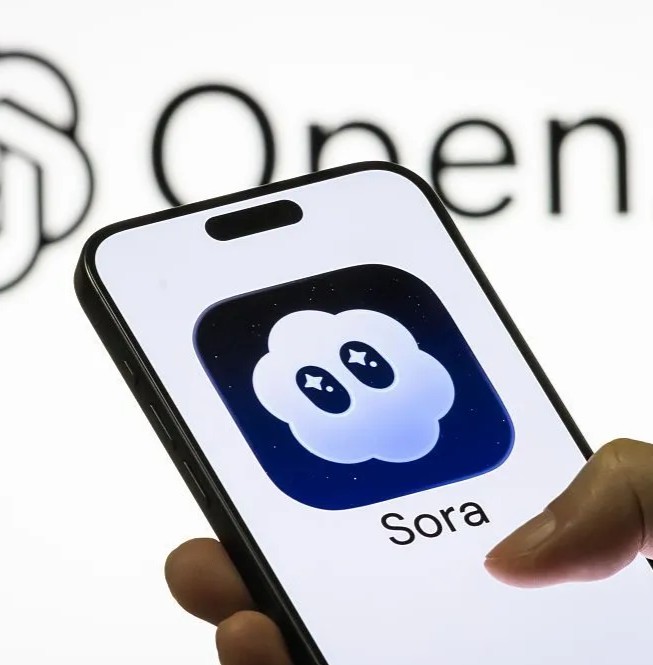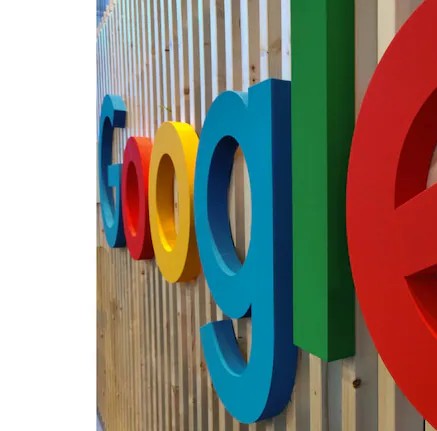Introduction: Microsoft’s AI Evolution
Beginning in 2025, Microsoft committed to a more self-reliant AI strategy, building models under its Microsoft AI (MAI) label rather than relying solely on third-party solutions. Prior launches like MAI-Voice-1 and MAI-1-preview signaled this shift in focus toward vertical, purpose-built AI capabilities.
With MAI-Image-1, Microsoft extends that philosophy into the visual domain—claiming a balance of quality, speed, and creative flexibility for real-world tasks.
What Is MAI-Image-1?
Purpose-Built, Not Generalist
Unlike generalist AI models that attempt to do “everything,” MAI-Image-1 is explicitly tailored for image creation and editing tasks. The design is meant to optimize prompt-to-image generation, photorealism, and creative consistency across edits.
Though Microsoft hasn’t disclosed full architectural details, early statements emphasize efficient inference, strong lighting, and scene composition, along with feedback from professionals in creative fields.
Speed vs. Scale: The Trade-off
One of Microsoft’s key claims is that MAI-Image-1 delivers outputs faster than many heavyweight models while still maintaining respectable visual fidelity. This positions it well for product integration, where latency matters.
Despite relatively modest scale compared to monolithic generative models, Microsoft emphasizes that smart architecture, training strategy, and curated data can achieve competitive results.
Early Validation: LMArena Rankings
In pre-release testing, Microsoft submitted MAI-Image-1 under the MAI label to LMArena, a community-driven benchmark for text-to-image models. It debuted among the top 10 models (ranking ninth) based on prompt-based user votes.
While these rankings are preliminary and depend heavily on prompt selection and community bias, the result suggests that MAI-Image-1 is competitive in a crowded space.
Google’s Gemini / “Nano Banana” in Context
To understand Microsoft’s challenge, it helps to compare with one of the strongest rivals—Google’s AI image system, often referred to by its codename Nano Banana (officially Gemini 2.5 Flash Image).
Nano Banana: Capabilities & Adoption
- Image Editing + Generation: Beyond generating images from scratch, Nano Banana excels in editing existing images—allowing for outfit changes, style transfers, compositing, and more—all while preserving subject consistency (e.g. faces, poses) across edits.
- Multi-image Fusion: It supports blending multiple inputs to create hybrid scenes.
- Watermarking / SynthID: Google embeds invisible markers in generated images to identify AI origin (SynthID) and may also include visible watermarking to flag outputs.
- Rapid User Growth: The Gemini app reportedly gained over 10 million new users post Nano Banana’s launch, with more than 200 million image edits processed in a short time.
- Viral Trends & Cultural Penetration: AI-driven style trends (e.g. “3D figurine selfies,” saree conversions) quickly gained traction in social media, especially in markets like India.
- Critiques & Risks: Some users reported “creepy” or unexpected edits—such as added facial features not present originally—raising questions about editorial safety and fidelity.
Strengths & Weaknesses
Strengths
- Deep refinement on editing existing images
- Strong user base and viral marketplace adoption
- Integration with Google’s AI ecosystem (Search, Lens, Gemini app)
Challenges/Risks
- Maintaining consistency in complex edits
- Handling misuse or privacy issues
- Balance between speed, quality, and fairness
How MAI-Image-1 Could Compete
Integration into Microsoft Products
One key lever for Microsoft is seamless embedding of MAI-Image-1 into products like Copilot, Bing Image Creator, and other creative/office tools. This offers a frictionless user experience advantage over standalone tools.
Focused Engineering & Safety
Microsoft’s stated design philosophy emphasizes control, curation, and applied use. If safety, guardrails, and consistency are prioritized, the model can avoid common pitfalls in generative AI.
Performance & Latency
If MAI-Image-1 delivers high-quality outputs at low latency (i.e. fast inference), it can serve as a more pragmatic alternative for day-to-day creative tasks than heavyweight models that demand more compute.
Creative Niche Differentiation
MAI-Image-1 could differentiate by targeting use cases where style coherence, photorealism, compositional expressiveness, or domain-specific tasks (e.g. architecture, fashion, advertising) matter more than brute generative variety.
Community & Prompt Engineering
Success in text-to-image spaces often hinges on effective prompt engineering, training with curated datasets, and community feedback loops. MAI-Image-1’s future ranking and reputation will depend on momentum at platforms like LMArena and beyond.
Challenges & Unanswered Questions
- Scale & Architecture: Without public metrics on parameters, training data size, or architecture (e.g. mixture-of-experts, transformer depth), it’s hard to benchmark long-term potential.
- Generalization vs. Overfitting: Will MAI-Image-1 adapt well to diverse domains or overfit to seen styles?
- Safety, Bias & Ethical Guardrails: Ensuring that the model resists misuse, bias, and hallucination is critical.
- Ecosystem Lock-in: Its success may depend on how deeply Microsoft absorbs it into its productivity ecosystem—will users be incentivized to adopt the MAI stack?
- Competing Innovation & Arms Race: The AI image space is rapidly evolving, with models from OpenAI, Midjourney, Stability, and Google expanding aggressively. MAI-Image-1 will need to continually evolve to stay competitive.
Outlook: A New Phase in AI Imagery
With MAI-Image-1, Microsoft is signaling it wants not just to use AI, but to own creative AI infrastructure. While Google’s Nano Banana / Gemini 2.5 Flash Image leads in mature ecosystem adoption and viral appeal, Microsoft’s advantages in product integration, engineering discipline, and enterprise reach set the stage for a serious contest.
As metrics refine and user feedback accumulates, several indicators will become decisive: prompt-to-image quality, consistency in redraws, safety performance, speed, and diversity of creative control.
The next 6–12 months will be crucial. If MAI-Image-1 advances in LMArena standings, integrates smoothly into user workflows, and holds up under real-world creative demands, it could emerge not just as an alternative—but as a mainstream force in AI-driven visual art.
Source:livemintGPT







